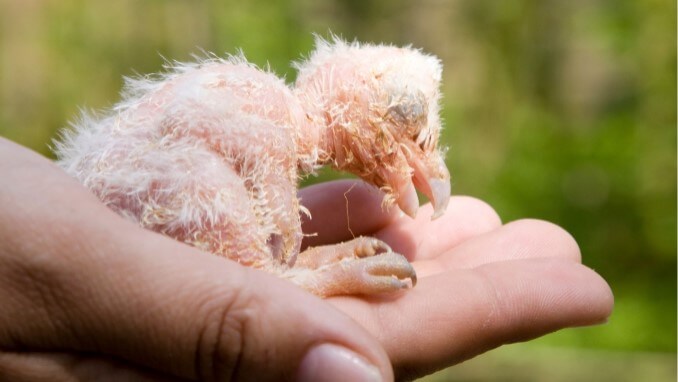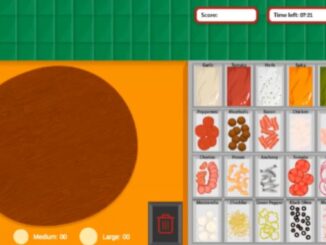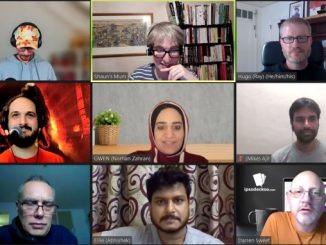
Why we come up with excuses to avoid playtesting

And so, the story goes like this: “No one likes to be told they have an ugly baby”. Heavens knows, us game designers regard our games (even very early prototypes) as our babies. Naturally we don’t want anyone saying anything bad about them. And that’s a mistake.
In spite of how compelling this analogy sounds – comparing physical babies [flesh and bone ones] to games we create [brain children] – it falls a bit short. For instance, with flesh and bone babies we cannot take them apart when they don’t perform as expected. We cannot remove features, improve some others and create new versions – someone please explain this to my father. He now has 7 kids and they, us, are not really getting any prettier with each iteration (I don’t have daddy issues… alas, I do).
Something else we are meant to the prototypes of our games that we cannot do to our flesh and bone children is: dress them up in their best clothes, take them to competitions, line them up and let complete strangers judge them and pick a winner, the prettiest.

Oh wait. We do do this. We do have baby beauty pageants. But I’m not ready to open that ugly can of worms at this time.
It would appear that we then need a better analogy. Else, a better explanation as to why we resist, sometimes despise, prototyping our games with strangers.
The reasons we as individuals make decisions and perform activities are complex. These reasons change constantly. Multiple forces simultaneously influence these reasons.
More importantly, these reasons are formed in the unconscious mind. Asking a game designer why they are not playtesting their prototypes is the best way to get the wrong answer.
But look at populations, groups of people, and Eureka. Those elusive reasons turn into patterns. Some of these patterns are easily explained through biases and heuristics.
Ideas are sticky. Whatever thought, conscious or unconscious, we believe is the result of our own making, we will defend viciously. And this is a bias. A very dangerous one for that matter.
A simple explanation about the danger of this bias is that these “original” ideas can be easily implanted in our heads. You, me, all of us can be easily primed to arrive at our unique and expected conclusion. Social media does a great job at amplifying this condition of the human behaviour. But that’s another can of ugly worms to be opened at another time.
Your games. Our games. They all start as ideas. You then invest a lot to take this idea and turn them into physical projects (yes, even digital games). These physical products are now much bigger ideas.

Trends in human behaviour show us that we do not like having our ideas being challenged. We have visceral reactions when we are told point blank “your game sucks”.
Yet, these are biases and we need to find ways to ensure our game is seen and used by other people. We need to seek feedback, collect this data and build it into the design of our games.
In summary, we need to play-test our games multiple times. We need to do this in spite of how loud that little monkey inside our heads screams at us “Your game is perfect as it is”.
Check out Erik’s archive of Ludogogy articles
- Playtesting and the Ugly Baby Complex - 15th September 2021
- Change: a Game of Probabilities and Behaviours - 13th May 2021
- What Video Games Have to Teach Us about Learning - 13th January 2021





Be the first to comment